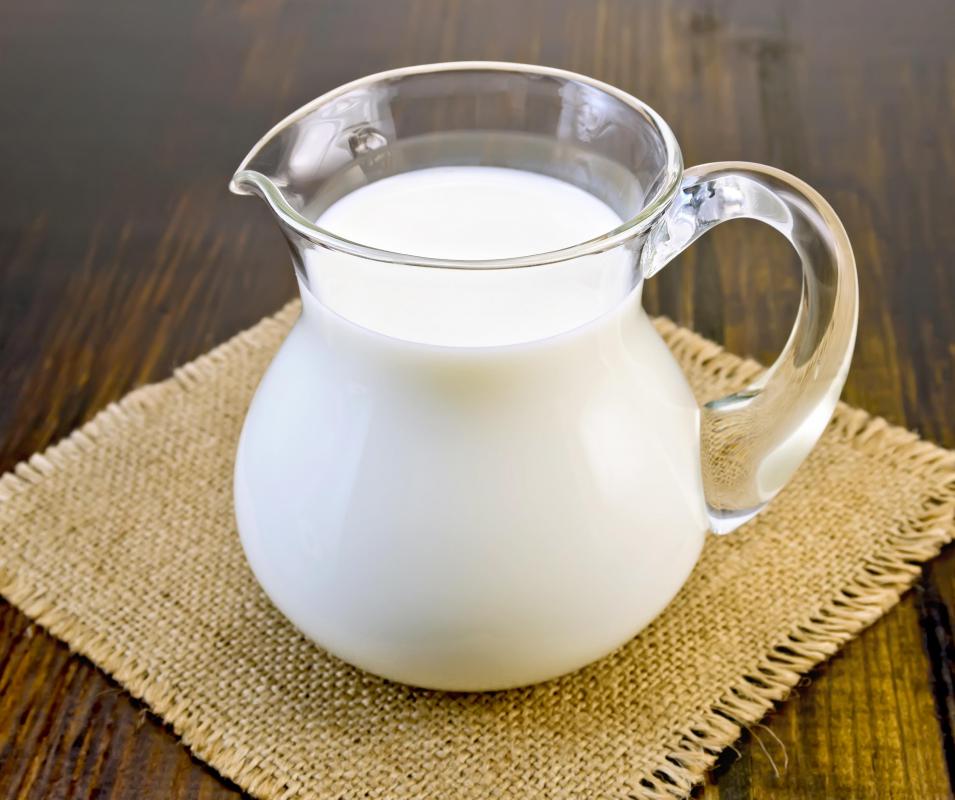At DelightedCooking, we're committed to delivering accurate, trustworthy information. Our expert-authored content is rigorously fact-checked and sourced from credible authorities. Discover how we uphold the highest standards in providing you with reliable knowledge.
What Is Low-Fat Cream Cheese?
Low-fat cream cheese, also commonly referred to as American Neufchâtel cheese, contains roughly one-third of the fat that standard cream cheese contains. Cheesemakers accomplish the task of producing cream cheese that has less fat by substituting lower-fat dairy in place of dairy that has a higher fat content. Otherwise, both standard and low-fat varieties generally are produced in the same way. Although low-fat varieties typically are interchangeable with standard cream cheese, the lower fat content found in low-fat cream cheese does affect certain recipes. Additionally, American Neufchâtel cheese should not be mistaken for traditional Neufchâtel cheese, because the two are produced differently, and the latter is not synonymous with low-fat cream cheese.
Unlike other, harder types of cheese, cream cheese does not go through a maturing process. Manufacturers combine milk and cream — or another dairy source that is high in milk fat — to make cream cheese. The milk and cream are boiled down and allowed to rest for several days. Draining the cheese for another day or so produces the desired, creamy consistency.
The cream cheese should be consumed shortly after it is made. Commercial manufacturers might also add stabilizers to the cream cheese. This will keep the cheese firm enough for packaging and selling.

Low-fat cream cheese goes through the same process as normal cream cheese. The primary difference between the two is the addition of less milk fat in the low-fat version. Manufacturers might accomplish this by adding less cream or by using a milk that has a lower fat content. As a result, low-fat cream cheese often contains fewer calories but less calcium than its standard-fat counterpart.

In most instances, an individual can use low-fat cream cheese in place of standard cream cheese without a problem. The taste is highly comparable to that of versions higher in fat. The texture has less hold, however, which presents a problem in recipes that require a firmer texture. The most noticeable difference comes when it is used in cheesecakes or similar desserts. As a spread or dip, though, a cream cheese that is lower in fat works especially well.
A distinction must be made between American Neufchâtel cheese and traditional French Neufchâtel. The French version uses only raw milk, rather than pasteurized milk, and it omits the cream altogether. The final product has a grainier texture and a taste that is not as rich as cream cheese. French Neufchâtel also contains less milk fat and has a higher content than the American cheese that shares its name.
AS FEATURED ON:
AS FEATURED ON:












Discuss this Article
Post your comments